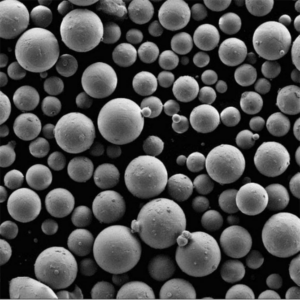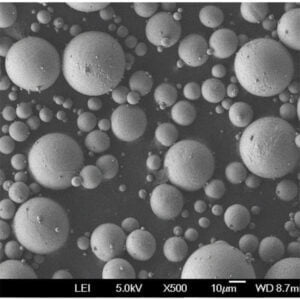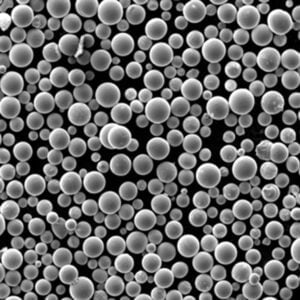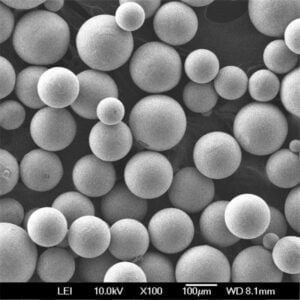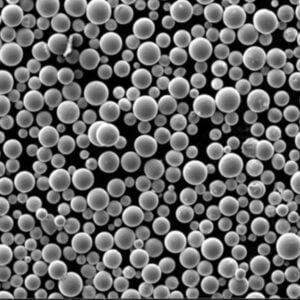The production process of Selective Laser Melting(sLM)
Table of Contents
Imagine crafting intricate, high-performance metal parts layer by layer, with unparalleled design freedom and minimal waste. This is the magic of Selective Laser Melting (SLM), a revolutionary 3D printing technology transforming the manufacturing landscape. Let’s delve into the fascinating world of SLM, exploring its intricate steps, diverse metal powder options, and unlocking its potential.
Preparation Work for SLM’s Printing Technology
Before the laser magic ignites, meticulous preparation lays the groundwork for successful SLM printing.
- 3D CAD Model: The journey begins with a meticulously designed 3D computer-aided design (CAD) model. This digital blueprint defines the precise geometry and dimensions of the desired metal part.
- Slicing the Model: Specialized software then slices the 3D model into numerous ultra-thin layers, typically ranging between 20 and 100 micrometers. Each layer serves as a building block for the final part.
- Metal Powder Selection: Choosing the appropriate metal powder is crucial. The powder particles must possess consistent size, spherical morphology, and optimal flowability to ensure smooth layer formation during printing.
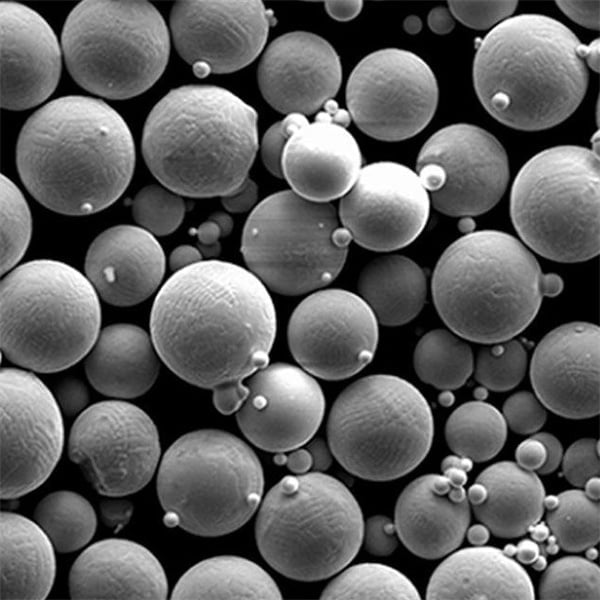
The Printing Process of SLM‘s Printing Technology
Now, the stage is set for the laser to weave its metallic spell:
- Powder Bed Deposition: A thin layer of metal powder is meticulously spread across the build platform using a recoater blade. This process ensures a uniformly distributed and leveled powder bed for each layer.
- Selective Laser Melting: A high-powered laser beam, typically a fiber laser, precisely scans the cross-section of the first layer as defined by the sliced 3D model data. The laser melts the targeted metal powder particles, fusing them together to form a solid structure.
- Layer-by-Layer Building: The recoater blade deposits another thin layer of powder, and the laser selectively melts the designated areas, bonding them to the previous layer. This process continues meticulously, building the object layer by layer until the entire part is complete.
- Support Structure Generation: In some cases, complex geometries may require the creation of temporary support structures to prevent warping or sagging during the printing process. These supports are typically printed alongside the actual part and removed later in the post-processing stage.
Post-Processing of SLM Printing Technology
Once the laser magic has cooled, the printed part isn’t quite ready for use:
- Removal from the Build Platform: The completed part is carefully separated from the build platform. This may involve machining or wire electrical discharge machining (WEDM) techniques for delicate parts.
- Support Structure Removal: If used, the temporary support structures are meticulously removed using techniques like machining, mechanical cutting, or chemical dissolution.
- Heat Treatment: Depending on the metal and application requirements, the part may undergo heat treatment processes like stress relieving or annealing to improve its mechanical properties.
- Surface Finishing: The printed part’s surface may require additional finishing procedures like sandblasting, polishing, or machining to achieve the desired surface quality and functionality.
What Metal Powders Can SLM‘s Printing Technology Use?
The versatility of SLM is evident in its compatibility with a diverse range of metal powders, each offering unique properties and applications:
Common Metal Powders for SLM
| Metal Powder | Description | Properties | Applications |
|---|---|---|---|
| Titanium (Ti) | Highly biocompatible, lightweight, and corrosion-resistant | Excellent strength-to-weight ratio, high melting point | Aerospace components, medical implants, dental prosthetics |
| Stainless Steel (316L, 17-4PH) | Widely used, corrosion-resistant, and offers good mechanical properties | High strength, ductility, and wear resistance | Machinery parts, fluid handling components, medical devices |
| Aluminum (AlSi10Mg, AlSi7Mg) | Lightweight, good corrosion resistance, and offers high strength compared to other aluminum alloys | Excellent strength-to-weight ratio, good weldability | Automotive components, aerospace parts, heat exchangers |
| Nickel (Inconel 625, Inconel 718) | High-temperature resistant, oxidation-resistant, and offers excellent mechanical properties | High strength, creep resistance, and good machinability | Gas turbine components, chemical processing equipment, heat exchangers |
| Cobalt-Chrome (CoCrMo) | Biocompatible, wear-resistant, and offers high strength | Excellent wear resistance, corrosion resistance, and biocompatibility | Medical implants, joint replacements |
Expanding the Horizons of SLM
While the aforementioned metal powders represent some of the most commonly used in SLM, the technology’s potential extends far beyond. Here’s a glimpse into a wider selection of metal powders, each unlocking unique possibilities:
Metal Powders for Specialized Applications:
| Metal Powder | Description | Properties | Applications |
|---|---|---|---|
| Copper (Cu) | Highly conductive and offers good thermal conductivity | Excellent electrical conductivity, good thermal conductivity, and high ductility | Electrical components, heat exchangers, thermal management systems |
| Tool Steel (H13, AISI M2) | High hardness and wear resistance | Exceptional wear resistance, high strength, and good toughness | Dies, molds, cutting tools, wear parts |
| Tungsten (W) | High melting point and exceptional density | Very high melting point, high density, and excellent heat resistance | High-temperature applications, refractory crucibles, X-ray shielding |
| Molybdenum (Mo) | High melting point and good thermal conductivity | High melting point, good thermal conductivity, and good corrosion resistance | High-temperature applications, heating elements, rocket engine components |
| Tantalum (Ta) | Biocompatible, corrosion-resistant, and offers high melting point | Excellent biocompatibility, high melting point, and good corrosion resistance | Medical implants, capacitors, chemical processing equipment |
Choosing the Right Metal Powder for SLM
Selecting the optimal metal powder for your SLM project hinges on several crucial factors:
- Desired Properties: Carefully consider the essential properties required for the final part, such as strength, weight, corrosion resistance, and thermal conductivity.
- Application Requirements: The intended use of the part plays a vital role. For instance, medical implants necessitate biocompatible materials like titanium or cobalt-chrome, while high-temperature applications might favor nickel alloys or refractory metals like tungsten.
- Processability: Specific metal powders may exhibit varying flowability, laser reflectivity, and susceptibility to cracking or warping during the SLM process. Selecting a powder with optimal processability ensures successful printing and minimizes the risk of defects.
- Cost: Metal powders can vary significantly in cost, with certain exotic materials like tantalum or iridium commanding higher prices compared to more commonly used options like stainless steel or aluminum.
Additional Considerations in SLM
While the core principles of SLM remain constant, several factors can influence the success and efficiency of the process:
- Machine Parameters: Optimizing laser power, scan speed, and hatch spacing is crucial for achieving the desired material properties and minimizing residual stresses.
- Build Environment: Maintaining a controlled atmosphere within the build chamber, often using inert gases like argon, is essential to prevent oxidation and ensure consistent material quality.
- Post-Processing Techniques: The effectiveness of post-processing techniques like heat treatment and surface finishing significantly impacts the final part’s performance and aesthetics.
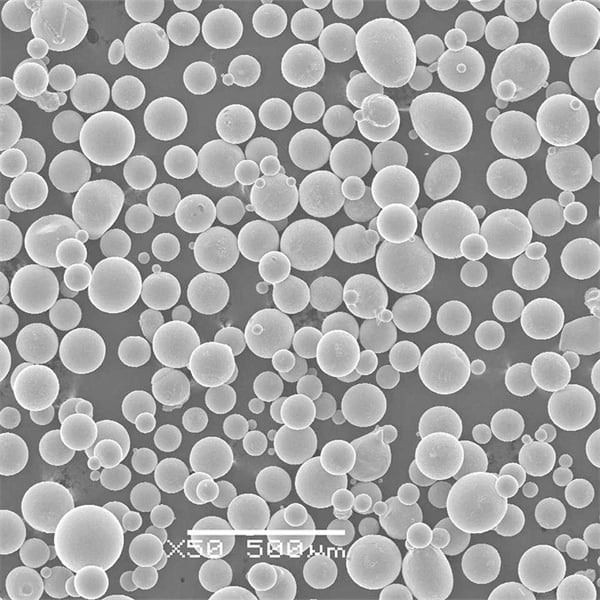
Conclusion
Selective Laser Melting offers unparalleled freedom in creating complex, high-performance metal parts. By understanding the intricate steps involved, exploring the diverse metal powder options, and carefully considering various factors, you can harness the power of SLM to unlock innovative design possibilities and revolutionize manufacturing across diverse industries.
FAQs
Q: What are the advantages of SLM compared to traditional manufacturing techniques?
A: SLM offers several advantages over traditional methods like machining, casting, and forging, including:
- Design freedom: Allows for the creation of complex geometries and intricate internal features that are often impossible with other techniques.
- Lightweighting: Enables the creation of lightweight parts with excellent strength-to-weight ratios, making them ideal for applications like aerospace and transportation.
- Reduced waste: Minimizes material wastage compared to subtractive manufacturing techniques, promoting resource efficiency.
- Rapid prototyping: Enables rapid creation of prototypes for iterative design and testing, accelerating the development process.
Q: What are the limitations of SLM?
A: While SLM offers remarkable capabilities, it also has some limitations, including:
- Cost: Compared to traditional manufacturing methods, SLM can be more expensive due to the high cost of metal powders and specialized equipment.
- Surface roughness: Parts printed with SLM may exhibit a slightly rougher surface finish compared to machined components, requiring additional post-processing steps.
- Limited build size: Current SLM machines have limitations on the size of parts they can produce, although this is constantly evolving.
Share On
MET3DP Technology Co., LTD is a leading provider of additive manufacturing solutions headquartered in Qingdao, China. Our company specializes in 3D printing equipment and high-performance metal powders for industrial applications.
Inquiry to get best price and customized Solution for your business!
Related Articles
About Met3DP
Recent Update
Our Product
CONTACT US
Any questions? Send us message now! We’ll serve your request with a whole team after receiving your message.

Metal Powders for 3D Printing and Additive Manufacturing
COMPANY
PRODUCT
cONTACT INFO
- Qingdao City, Shandong, China
- [email protected]
- [email protected]
- +86 19116340731






